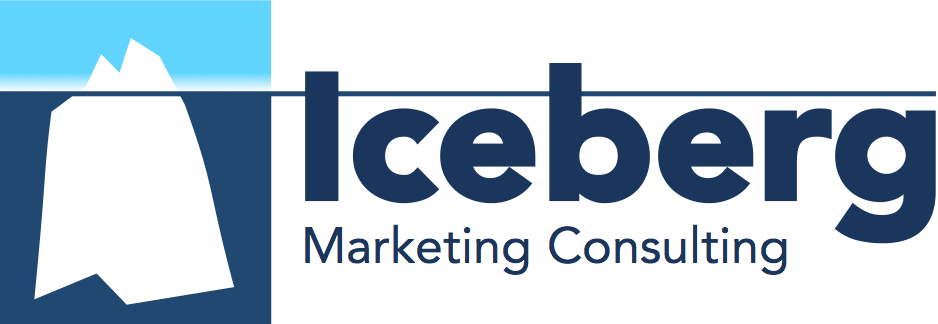
Will COVID-19 force us to “fix” higher education marketing?
It’s discomforting even to wonder if a pandemic can have any “silver linings.” But like all human disasters, COVID-19 will spin off some positive outcomes while it takes its toll. Higher education is one sector that may discover some silver linings. For, as a growing number of universities teeter on the edge of financial ruin due to the pandemic, the adoption of more holistic marketing practices may allow some schools to enhance their health during and beyond COVID-19.
First, in what sense does higher education marketing need “fixing”?
Let’s start by looking at how universities teach marketing in their classrooms.
If you open a college-level “intro to marketing” textbook, you’ll see a table of contents that looks something like this:
- Assess the marketplace
- Identify your target market
- Create your product
- Price your product
- Deliver your product
- Communicate about and sell your product
Marketing is a holistic framework guiding how an organization engineers and delivers value to its target markets. Many (if not most) universities, on the other hand, see their own marketing department simply as the team that manages item six from the list above – “communicate about and sell your product.”
Another classic marketing model describes the four main marketing activities as Product, Price, Place and Promotion. Like the textbook example above, the “4 Ps” constitute a holistic process that places Promotion as the final item on the list.
Lastly, Dr. Philip Kotler, widely known as the father of modern marketing, knows this well. He states on his website:
“Marketing is a terribly misunderstood subject in business circles and in the public’s mind. Companies think that marketing exists to support manufacturing, to get rid of the company’s products. The truth is the reverse, that manufacturing exists to support marketing.”
– Source – https://kotlermarketing.com/phil_questions.shtml
The “Four Ps” have become only one
In higher education, however, the notion that marketing should drive curriculum development and delivery – Product and Place – is commonly seen as either nonsense or heresy. University administrations often take it for granted that only the academic side of the organization understands how to shape and deploy a curriculum.
Consequently, the absence of marketing can be startlingly visible.
It’s visible in that many universities’ flagship Product and Place (namely their classroom experience and whether it is delivered in-person or virtually) are remarkably similar to those of its competitors. A lecture hall is a lecture hall. And an online learning shell is an online learning shell. Sure, some are newer. Some are larger. But learning environments are remarkably uniform from school to school save for the logos and banners adorning the periphery.
What an irony it is, then, while their faculty are teaching that marketing is a holistic practice, the universities themselves are limiting marketing’s purview to only the final step of the process.
It should come as no surprise that in their Promotion, too, universities are mostly indistinguishable from one another. We’ve all seen the ads: a fresh face gazing determinedly into the distance, a pretty building, something about “Become Your Future,” or “Level Up,” and so on. Remove the logo from the ad, and you would be hard-pressed to identify which university is being marketed.
The well-documented “sea of sameness” is like an overwhelming force. Universities are not unaware of this sea of sameness. Their agencies tell them they need to break free, and they repeatedly try, but rarely are they able to break free, much less remain free. The sea wins because university administrations seem unable or unwilling to practice what they teach with respect to marketing.
How the pandemic is disrupting the status quo
In the year 2020, our first full year living under the shadow of COVID-19, the higher education sector is facing potentially disastrous financial outcomes. And fault lines are forming around a familiar “in-person vs. online” debate.
Namely:
- Many of the traditional universities – who have consistently positioned themselves as patently superior to the “virtual or online” universities – are opting to go wholly or mostly online in the fall of 2020, and beyond.
- Predominantly online schools are consequently finding a lot more competition in the online education space.
- Experts are forecasting enrollment demand in general to be lower until the pandemic recedes, which means there will be greater competition for students.
The traditional schools are likely to manage the narrative by simply claiming that online learning is being deployed as a less-than-ideal alternative…only for as long as necessary in order to maintain their students’ health. Then, when the pandemic begins to fade, these universities can go back to their “in-person-is-best” worldview.
Where some silver linings might be found
What happens, though, if/when the traditional schools discover that their own online learning environments are actually superior in certain respects? What if students at the traditional schools learn organically that they like or even prefer the online learning environment? How will these universities react as the pandemic fades? Will they evolve their market approach or just go back to what is safe?
First, it will take savvy marketing leadership to help universities accurately assess student performance and preference relative to COVID-19-induced operational changes. It will take further leadership to help university trustees make meaning of these findings and to make sound decisions as to meeting students’ needs in the post-pandemic world.
And what about the universities that taught predominantly online pre-pandemic? The higher intensity of competition could simply drive them out of business, or it could embolden some of them to increase investment in their online platforms demonstrating they are superior innovators relative to the future of learning. Some may even collaborate or partner with traditional universities to share strengths.
There is a lot at stake and none of us knows how things will play out in higher education over the next year or two. But the universities that actually bring marketing fully into their product design and delivery strategies, and can connect it meaningfully with their messaging platforms, will be more likely to create successful outcomes.
As it is taught in their classrooms, universities must get holistic with how they market themselves if they want to thrive.
How can I help you?
If you’d like to learn more about how to build a more holistic marketing approach for your university or organization, check out my post, What is Iceberg Marketing? Or feel free to contact me directly. I’m always happy to help.
